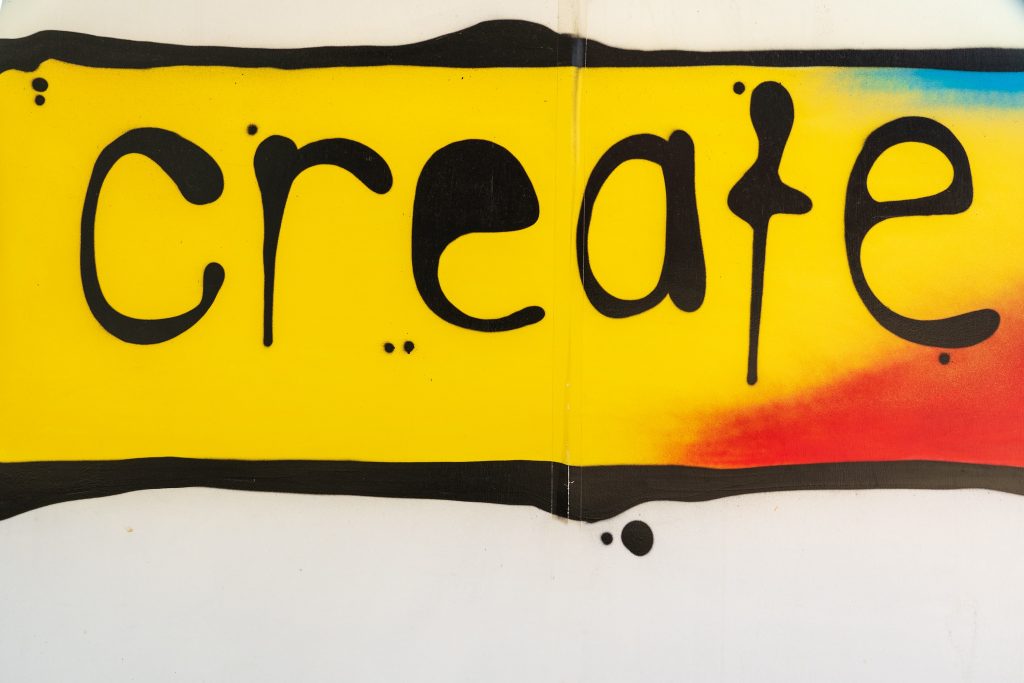
If you’re currently at work and instead of finishing your scheduled tasks you’re exploring the vast expanse of the Internet, it’s probably time for a change of scenery. Unfortunately (or fortunately), brain failures are real. Closer to lunchtime, the confusion in your head makes itself felt, trying to derail your efforts to complete tasks. Yes, you can force yourself to keep working, but will the results make you happy? Maybe you should take a little break, relieve your brain, and then with fresh thoughts finish what you started. Who knows, perhaps during the break you will come up with the brilliant idea that you are unsuccessfully looking for in the depths of your mind for the past hour.
Don’t be angry at yourself or blame yourself for your weakness. Can we lift weights non-stop all day long? No. Mental and creative work is also exhausting and tiring, so don’t expect to be able to generate cool ideas all day long without fail and manage to do everything planned or even exceed your daily work plan. Our brains burn energy, just like our muscles, so they need to be replenished. A brain break is necessary not only to rest and catch our breath but also to be able to do quality work.
When we are focused and not
According to Dr. Srini Pillay, when we lose focus, our brain switches to default network mode, in other words, “doing nothing” mode. And, most interestingly, solving problems or searching for ideas requires our brain to be in free mode, meaning that default mode is ideal for brainstorming. Dr. Pillay believes that it is at such moments that we can extract, for example, the smallest details from the depths of our memory, which, alas, is beyond the reach of logical thinking. And that’s why the best and most creative ideas often come to us when we’re, say, taking a shower. Creative thinking doesn’t tolerate rigid frameworks, it loves to soar, it loves freedom … So give it that, give it a pause.
When to pause and how long it lasts
The greatest limitation of the human brain, according to Johann Hari, is the ability to consciously think about a maximum of two things at once. Consequently, when we multitask and have to switch frequently between objects of attention, creativity declines over time and the intensity of work quickly becomes exhausting. Therefore, multitasking requires more breaks.
The ability to stay focused is determined by the type of activity and individual brain capacity. We can stay focused for an hour and a half or more if the work seems rewarding and challenging enough. Elementary and boring tasks are accompanied by inadequate dopamine rewards, which reduce our motivation and expand our sensory awareness, so we may feel the need to take more frequent breaks. Keep an eye on your productivity: if you feel energized and motivated to continue then go ahead, if you feel tired and inefficient then take a break.
How to fill a break
According to Dr. Gloria Mark, time outdoors is one of the best ways to reset the brain. The research found that workers who took a 20-minute walk in nature returned to work with more ideas than those who didn’t take their minds off work. If you don’t have the opportunity to take a break in nature, a walk in an office building is also a good idea, Dr. Pillay is convinced, as it’s primarily about physical activity, which reduces stress and improves social interaction.
It’s worth noting that browsing email or social media may not work as a complete break, as the brain is in a task-related zone, it’s not relaxed. Moreover, the possible consumption of negative information, such as from social media, can be detrimental to your productivity.
If you can afford a midday nap, then feel free to take advantage of it. Even a short nap of 5-20 minutes will bring clarity to your thoughts.
A key role in concentration is played by brain cells, which require nourishment, namely glucose, so a small snack will make up for the lack of it. However, it is important not to overdo it, as eating too much can cause drowsiness.
